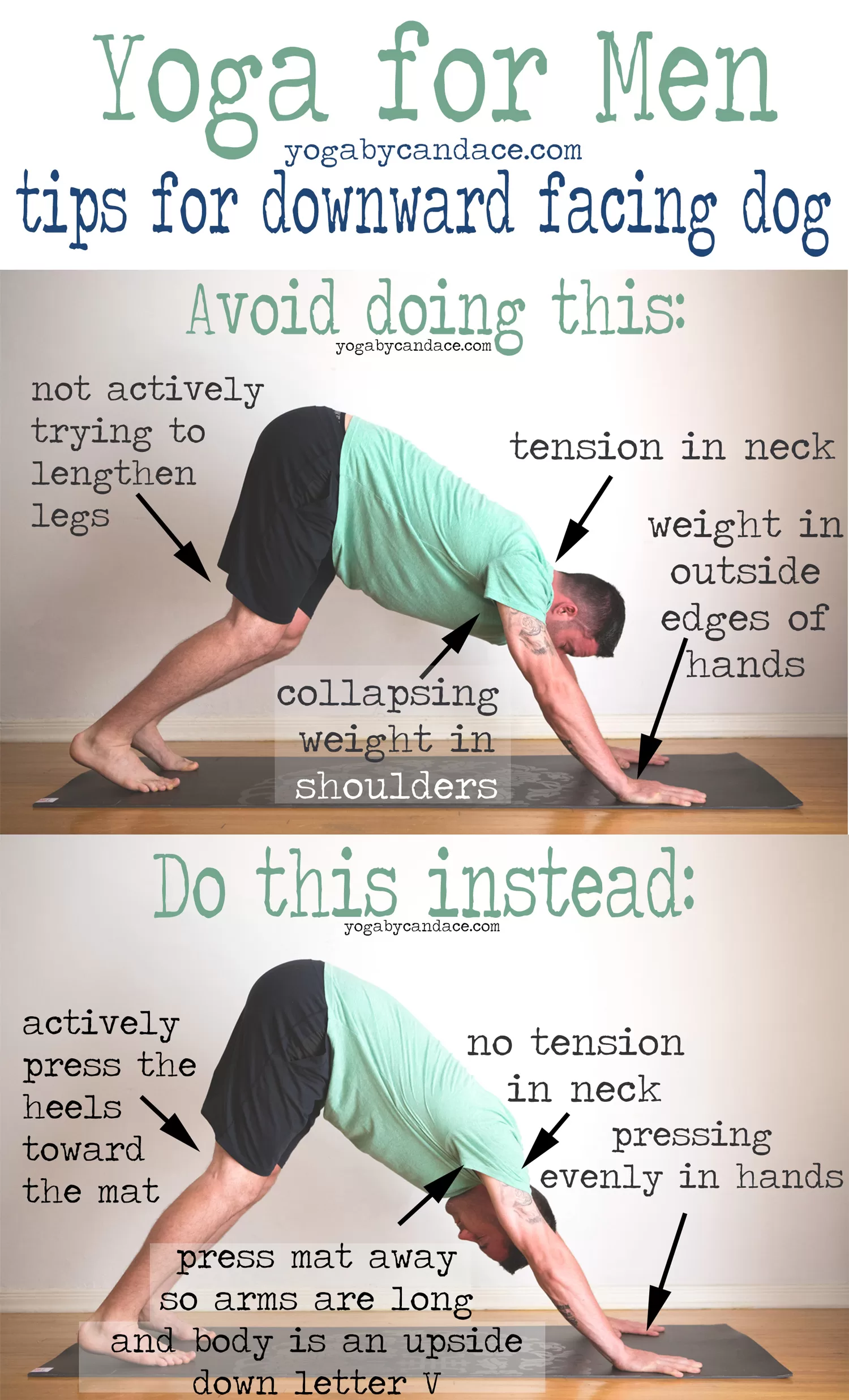
Is Online Yoga Classes Effective?
Yoga has been a popular physical and mental practice for centuries, with its roots dating back to ancient India. With the rise of technology, the practice has now become more accessible than ever before, with the option of online yoga classes. However, with this convenience comes skepticism – is online yoga truly effective?
This question has been debated among yoga enthusiasts and professionals alike. While some argue that online classes lack the personal touch and adjustments that in-person classes offer, others argue that online classes allow for more flexibility and accessibility. In this article, we will explore the arguments for and against online yoga classes and ultimately determine whether or not they can be an effective way to practice yoga.
Is Online Yoga Classes Effective?
Yoga is one of the most popular forms of exercise, and it is easy to see why. It is a low-impact exercise that can be done by people of all ages and fitness levels. With the rise of technology and the internet, online yoga classes have become increasingly popular. But the question remains, are online yoga classes effective? In this article, we will explore the pros and cons of online yoga classes and help you decide if they are right for you.
Convenience
One of the biggest advantages of online yoga classes is convenience. With online classes, you can practice yoga from the comfort of your own home at any time that is convenient for you. This is especially beneficial for those with busy schedules or who live far away from a yoga studio. Online classes also allow you to choose the type of yoga that best suits your needs, whether it is gentle yoga, power yoga, or restorative yoga.
However, the downside to online classes is that you do not have an instructor present to guide you through the poses and provide feedback. This can lead to poor form and potentially cause injury. It is important to make sure you are following a reputable online yoga instructor who provides clear instructions and modifications for each pose.
Cost
Another advantage of online yoga classes is cost. Traditional yoga classes can be expensive, with some studios charging upwards of $20 per class. Online classes, on the other hand, are often more affordable and sometimes even free. This makes yoga accessible to a wider range of people who may not have the financial means to attend traditional classes.
However, the downside to free or low-cost online classes is that the quality may not be as high as paid classes. It is important to do your research and read reviews before committing to an online yoga class.
Community
One of the benefits of attending a traditional yoga class is the sense of community and connection with others. While online classes do not provide the same level of in-person interaction, many online yoga platforms offer virtual communities where you can connect with other yogis and instructors.
However, the downside to virtual communities is that they may not provide the same level of support and accountability as in-person classes. It is important to find an online yoga platform that offers a strong community and support system.
Benefits of Yoga
Regardless of whether you choose to attend traditional or online yoga classes, the benefits of yoga are numerous. Yoga has been shown to improve flexibility, strength, balance, and overall physical health. It can also reduce stress and anxiety and improve mental health.
Yoga has also been shown to have a positive impact on chronic conditions such as arthritis, high blood pressure, and chronic pain. It is important to consult with your healthcare provider before starting a new exercise program, especially if you have a chronic condition.
Online vs. Traditional Yoga Classes
When it comes to choosing between online and traditional yoga classes, it ultimately comes down to personal preference and lifestyle. Online classes offer convenience and cost savings, but may not provide the same level of interaction and support as in-person classes.
Traditional classes offer a sense of community and connection with others, but can be more expensive and may not fit into a busy schedule. It is important to weigh the pros and cons of each option and choose the one that best fits your needs.
How to Choose an Online Yoga Platform
If you decide to try online yoga classes, it is important to choose a reputable platform that offers high-quality instruction and a strong community. Here are some things to look for when choosing an online yoga platform:
- Reputation and reviews
- Qualified and experienced instructors
- Clear and easy-to-follow instruction
- Options for different types of yoga
- Virtual community and support
Tips for Practicing Yoga Safely
Regardless of whether you choose online or traditional yoga classes, it is important to practice yoga safely to prevent injury. Here are some tips for practicing yoga safely:
- Listen to your body and only do poses that feel comfortable and safe
- Pay attention to your breath and avoid holding your breath
- Use props such as blocks and straps to modify poses as needed
- Avoid pushing yourself too hard and respect your body’s limits
Conclusion
In conclusion, online yoga classes can be an effective and convenient way to practice yoga from the comfort of your own home. However, it is important to choose a reputable platform and practice safely to prevent injury. Traditional yoga classes offer a sense of community and connection with others, but may not be as convenient or affordable. Ultimately, the choice between online and traditional yoga classes comes down to personal preference and lifestyle.
Frequently Asked Questions
Online yoga classes have become popular in recent years, but many people are still skeptical about their effectiveness. Here are some common questions and answers regarding online yoga classes:
1. Are online yoga classes effective?
Yes, online yoga classes can be just as effective as in-person classes. With the advancement of technology, online platforms can provide high-quality videos, live classes, and personalized instruction. Additionally, online classes offer the convenience of practicing from anywhere, at any time.
However, it’s important to choose a reputable instructor and platform to ensure you receive proper guidance and instruction. It’s also recommended to have some prior experience with yoga before practicing online, as it can be challenging for beginners to learn proper alignment without in-person guidance.
2. How do online yoga classes compare to in-person classes?
While online yoga classes offer convenience and flexibility, they may lack the community and personalized attention that in-person classes can provide. In-person classes allow for the opportunity to receive hands-on adjustments from the instructor and connect with other practitioners.
However, online classes can still provide a sense of community through virtual interactions with instructors and other students. Additionally, online classes may offer a wider variety of styles and instructors to choose from, allowing for a more personalized practice.
3. Are online yoga classes suitable for beginners?
Online yoga classes can be suitable for beginners, but it’s important to choose classes tailored to their level and experience. It’s recommended for beginners to start with beginner-specific classes or to have some prior in-person instruction to learn proper alignment and modifications.
Additionally, beginners may benefit from virtual private sessions or one-on-one instruction to receive personalized guidance and feedback. As with any new exercise program, it’s important to listen to your body and not push beyond your limits.
4. Can online yoga classes replace in-person classes?
While online yoga classes can provide a convenient and effective alternative to in-person classes, they may not entirely replace the benefits of practicing in person. In-person classes offer the opportunity for hands-on adjustments, community building, and a more immersive experience.
However, online classes can supplement in-person practice and provide a flexible alternative for those with busy schedules or limited access to in-person classes. It’s recommended to incorporate both online and in-person classes into your practice for a well-rounded experience.
5. What equipment do I need for online yoga classes?
The equipment needed for online yoga classes may vary depending on the class style and instructor. However, some basic equipment may include a yoga mat, block, strap, and bolster.
Additionally, some classes may require props such as blankets, chairs, or walls. It’s important to check with the instructor or class description beforehand to ensure you have the necessary equipment for the class.
Problems with Online Yoga Classes
As a professional writer, I have found that online yoga classes can be just as effective as in-person classes. With the rise of technology and the convenience of being able to practice from anywhere, online yoga classes have become increasingly popular. While some may argue that the lack of physical interaction with an instructor can hinder the practice, the benefits that online yoga classes offer cannot be ignored.
One major advantage of online yoga classes is the flexibility they offer. Practitioners can choose from a variety of classes and instructors, and practice at any time that suits their schedule. This eliminates the need to travel to a physical studio and allows individuals to practice in the comfort of their own homes. Additionally, online classes often offer a more affordable option for those who may not be able to afford in-person classes. With these benefits, it is clear that online yoga classes can be just as effective as traditional classes, if not more so in some cases.

